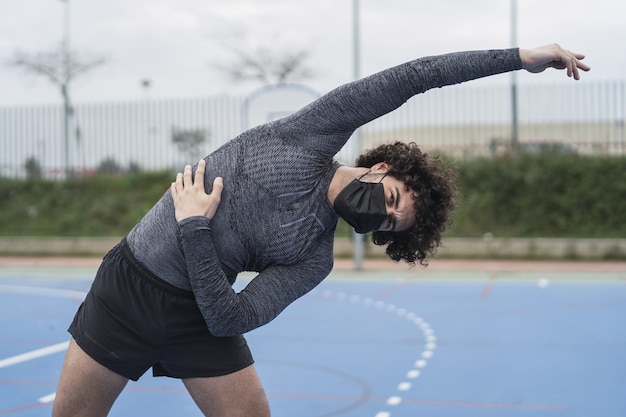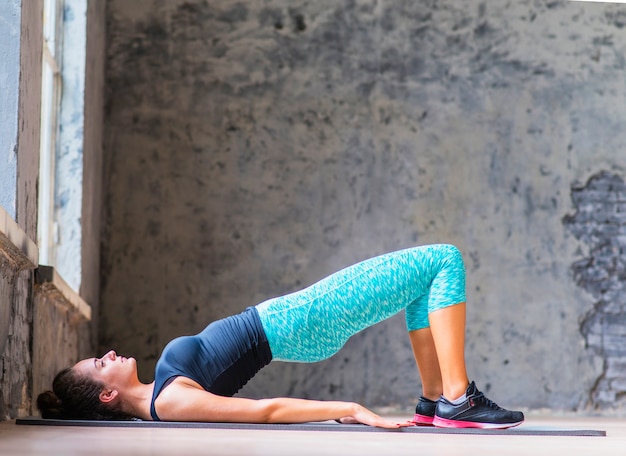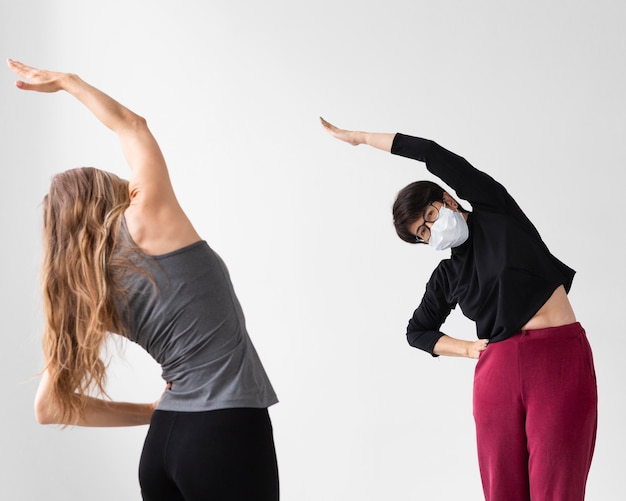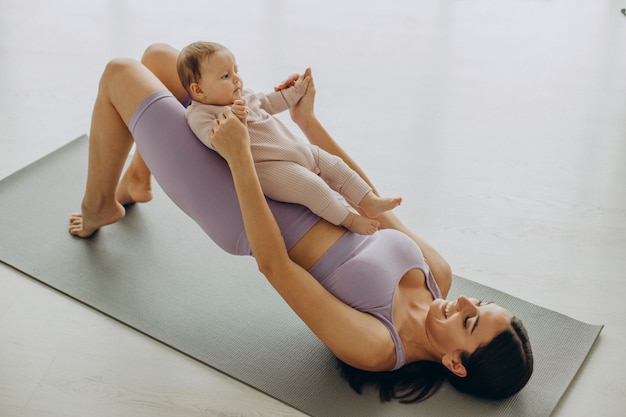Flexibility is often the forgotten pillar of running performance. While most runners focus on mileage, pace, and endurance, few dedicate time to improving mobility. Yet, flexibility plays a crucial role in injury prevention, running efficiency, and overall recovery. This comprehensive checklist gives runners a practical, actionable plan to enhance flexibility with tracking tools and motivation cues to keep progress consistent.
Running is a repetitive motion that tightens key muscle groups—especially the hips, hamstrings, calves, and lower back. Over time, this tightness can lead to imbalances, reduced stride length, and increased injury risk. But flexibility isn’t just about touching your toes. It’s about maintaining full range of motion across joints to support fluid, powerful movement.
Even the upper body plays a role. As highlighted by Runner's World, upper-body flexibility can influence arm swing efficiency, posture, and breathing mechanics—especially during long or intense runs. Neglecting mobility can result in shoulder tension, shallow breathing, and compromised form.

Use this checklist as a weekly guide to ensure you're addressing all key areas. Perform dynamic stretches before runs and static stretches after.
Incorporate diaphragmatic breathing exercises to enhance rib cage mobility and support aerobic efficiency. Stand tall against a wall to check posture alignment weekly.

Consistency is key. Use these simple tracking methods to stay on course:
Motivation fades—systems endure. Anchor your flexibility routine with these cues:
After Every Run (5–10 minutes):
Two Weekly Deep Sessions (15–20 minutes):
Flexibility isn’t a luxury—it’s a necessity for runners who want to stay injury-free, move efficiently, and enjoy long-term progress. By following this checklist, tracking your improvements, and using motivation cues, you’ll build a sustainable mobility practice that enhances every mile.
Start small. Stay consistent. Move freely.

Fitness

Fitness

Fitness

Fitness

Fitness

Fitness

Fitness

Fitness

Fitness

Fitness

Health

Wellness

Health

Fitness

Health

Health